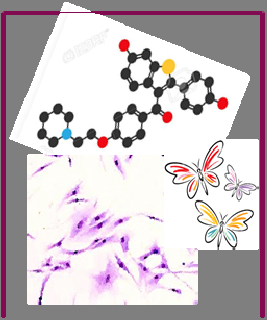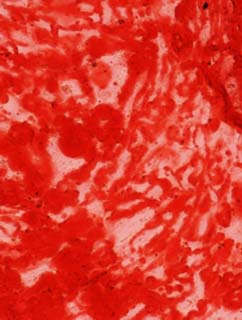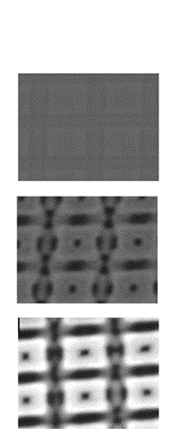Summary of the technology
CSIC, Carlos III University of Madrid and CIEMAT have repositioned drugs that stimulate endogline
expression and modulate the TGF-β route for a new clinical use in the treatment of fibrosis, such as
epidermolysis bullosa (EB). EB includes a heterogeneous group of rare hereditary diseases of the skin in
which in its infantile incidence the patients are known as "butterfly children". It is a new therapy for a
rare pathology, with potential in a wide spectrum of fibrosis, which would improve the possibilities of
treatment of patients, improving their quality of life.
Industrial partners from the pharmaceutical industry are being sought for its development in a wide
variety of fibrotic pathologies through a patent licence agreement.
An offer for Patent Licensing
Drug Repositioning
Epidermolysis bullosa (EB) comprises a clinically and genetically heterogeneous group of rare skin diseases characterized by the formation of skin blisters, spontaneous or induced by minimal trauma. In the development of EB pathogenesis there may be a connection between collagen VII deficit and an exacerbated bioavailability and overexpression of TGF-β1. It has been seen that overproduction of the ligand TGF-β1, can be counteracted by drugs that cause an increase in endogline levels.
Researchers have identified the widely used drugs, raloxifene and N- acetylcysteine, that produce an increase in the protein levels of endogline and a decrease in TGF-β1, protein levels in fibroblasts from EB patients.
Therefore, both drugs are postulated as potentially useful orphan drugs for the treatment of EB.
Main innovations and advantages
· Safety, effective and selective repositioned drugs are proposed for thetreatment of epidermolysis bullosa (EB) which may lead to a clinicalbenefit including an increase in the quality of life of the patients withthis disease.
· The drugs can be used separately or in combination in differentpharmaceutical formulations.
· Their mechanism in the TGF-β1 route presents a potential for theclinical use in fibrosis and other related diseases associated with highphysiopathological levels of this growth factor.
Intellectual property status
- Granted Patent
- Patent application number :-
Related Keywords






